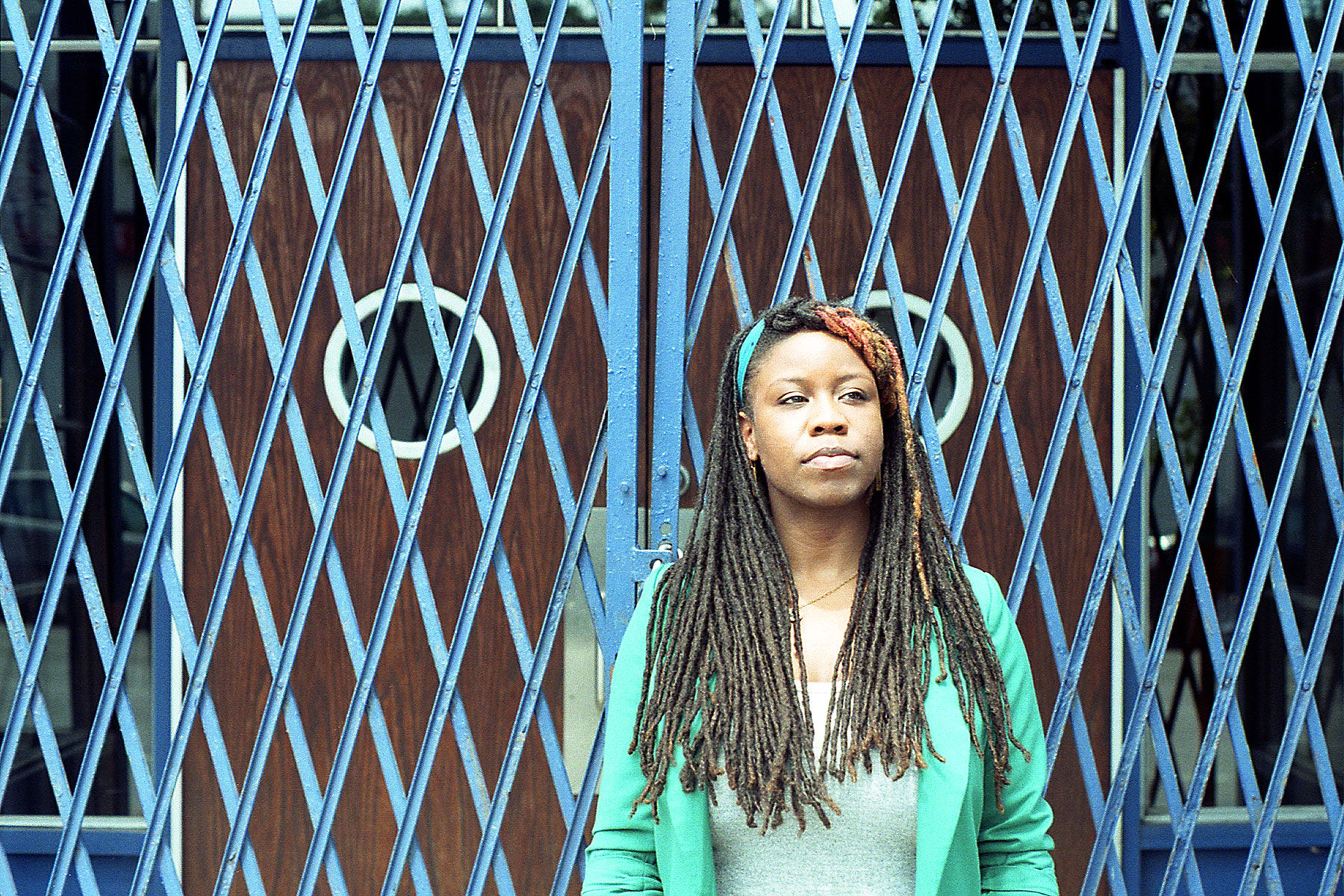
I first met poet Aricka Foreman at Woman Made Gallery back in September 2015. We were both reading for the fall edition of their reading series. She closed the show and I was struck by her unapologetic tone and endless style. One of the pieces she read was her poem “Monologues in Bars By White People with Good Intentions.” She had everyone squirming in their seats. It was hard to reflect on the familiar racism Foreman experienced inside academic circles during her time in Ithaca when she was pursuing her MFA.
Foreman is able to do that to a room. Her work commands the listener to question themselves — for better or for worse — and it shows us that life is not easy when so many are living in shadows. She recently released her first chapbook, “Dream with a Glass Chamber,” from YesYes Books, and the collection is chock-full of the scary, sexy, and stunning things we see in the hazy hours of sleeping and rising.
I am a big proponent of certain books being best read in certain places: Don Delillo should only be read in waiting rooms, Jonathan Safran Foer should only be read on a plane, and Pablo Neruda can only be read in bed with absolutely no AC on. As the summer wanes and you try to get your last-minute barbecues in, take some time to read this on the front porch or backyard with a glass of whiskey.
Foreman ignites these outdoor familial spaces with so much flavor and musical acuity that it makes me yearn to climb a tree and happily yell, “Give me crickets and cicadas raising the night, a three hundred/ year old oak tree thrust through the deck. Keep your warnings / against deer, they are arrested with what drives them/ toward the dark” — a passage that appears in her poem “Everything in its Right Place.”
The chapbook opens up with a scene centered in Detroit — a place that is revisited throughout the collection as a ruin. A Detroit native, Foreman turns the city into a character. “It’s home, it will always be home, and the idea of what home means comes with a set of intimate complications. It’s difficult to detangle the beauty of Detroit from the violence I’ve experienced. When I was younger, I’d wear the steel and grit of it like a badge, and in some ways I still do. But there’s something familiar and comforting about Detroit: The men who toil in the gardens and in the guts of their cars; the women who fuss and laugh loud enough to rattle a window pane,” she wrote in an email.
When asked what her thoughts are about the state of the city today, Foreman said that “the mainstream narrative presents absence, corruption, a city that’s this poor industrial orphan … sure, it’s had a rough go of it, like any urban American city. I think Detroit is unique in that there are more folks unwilling to make a home of complacency. Who dare to dream and hustle for said dream, in whatever way that shakes out.”
Foreman juxtaposes dream and reality side-by-side in a way that prompts us to question our own ideas of history and folklore. The idea of genesis is a major theme, as seen in poems such as “Year of the Molotov” and “Genesis.” Foreman daringly uses the instance of dreams as a form of creation story.
She says that she “began with ‘Year of the Molotov,’ as a sort of origin story, the myth and memory of how I came to speak of loss, love, and living.” Dreams can become an engine in a poem. They allow for an internal logic to be created, deceived, and re-discovered in a way that feels organic and rhythmic.
Foreman is interested in playing with this rhythm through her own lens. “I’m amazed at what morphs and what is a conduit of reinvention: people, trees, animals, ghosts. It’s a way of submitting myself to a notion of metamorphosis that I’m not sure I see as readily available in the “real” world, which lately, seems more speculative fiction than reality,” she said.
The idea of reinvention is something that is constantly coursing through the text; at every turn, subjects evolve beyond their limits and are able to be stretched in and out of the dream world with mystery and drama. Foreman said she believes that “it’s very Western of us to believe a creation story is stagnant; a point on an axis that we can travel back to in the same way we came. I want to grapple with language in a way that disrupts that, to draw that muddled timeline closer to my ear like a shell.”
Concurrent with this idea of dreams is the image of a glass chamber. This symbol brings to mind Tennessee Williams’ “Glass Menagerie” and Sylvia Plath’s “The Bell Jar.” Foreman is carving out her own corner into this glass metaphor tradition.
“I didn’t want to hide, or at least be honest about the ways that I was complicit in hiding. My editor and publisher KMA Sullivan was a gracious reader, and convinced me there was more light in the book than I first deemed. I wanted to have a surface that at least allowed light to trickle in, so I changed part of the title from empty to glass to give it that space,” she said.
“Dream with a Glass Chamber” is as much a respite for the body as it is the mind. It reminds us to stay hungry for what feeds us. The question of who we are and where we are from becomes local and global; everything we are is from us and we are from it. We will spend our whole lives trying to understand what “it” is. Foreman invites you to dance in that question, let it sink you, and learn how to shine in it.
“Dream with a Glass Chamber” is available through YesYesBooks.







